Home>diy>Building & Construction>What Are Sleepers In Construction
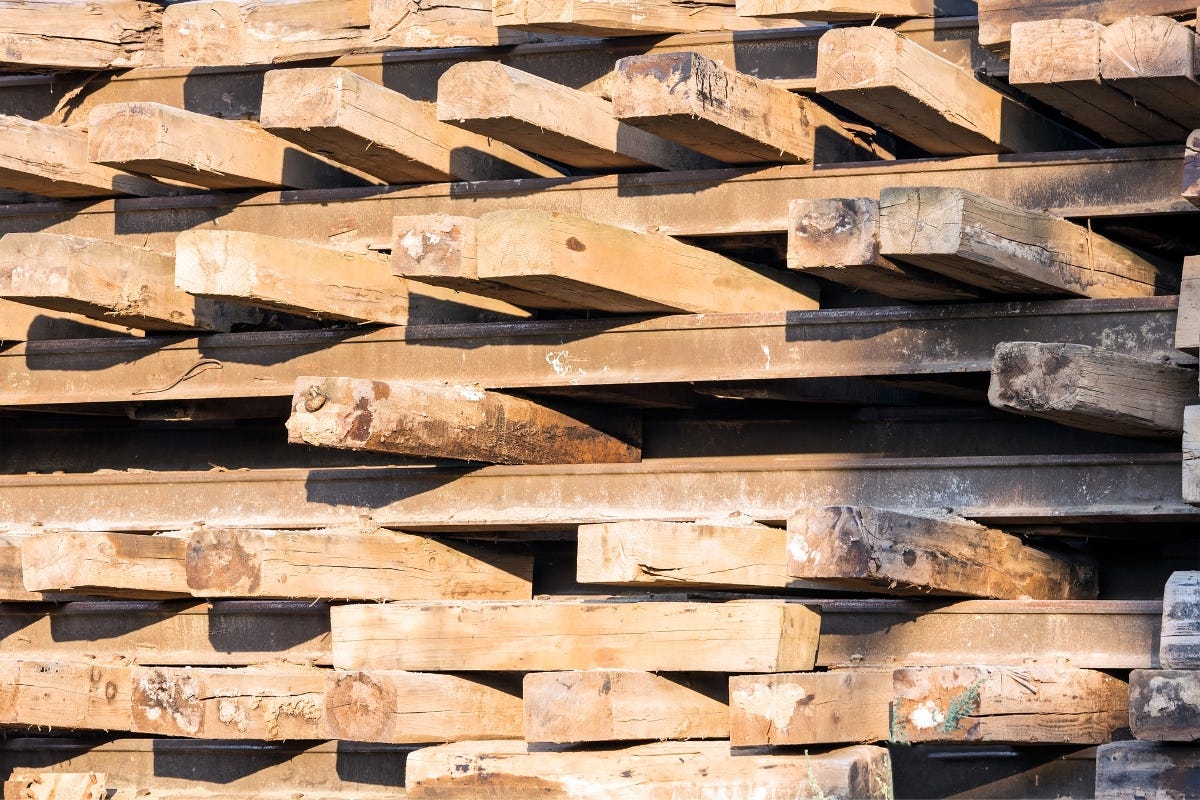

Building & Construction
What Are Sleepers In Construction
Modified: December 7, 2023
Discover what sleepers are in the context of building construction and how they are used to support structures. Learn about their importance and different types.
(Many of the links in this article redirect to a specific reviewed product. Your purchase of these products through affiliate links helps to generate commission for Storables.com, at no extra cost. Learn more)
Introduction
Sleepers play a crucial role in the construction industry, providing essential support and stability to various structures. These long, horizontal beams or timbers are often hidden beneath the surface, but their significance cannot be overstated. From railways to landscaping, sleepers are versatile components that are utilized in various applications to ensure durability and functionality.
In simple terms, sleepers are structural elements that bear weight and distribute loads evenly. They are commonly employed to create a stable base for structures or to support materials above ground level. Sleepers are designed to withstand immense pressure, resist deformation, and remain sturdy over extended periods.
Understanding the different types, materials, and applications of sleepers is crucial for architects, engineers, and construction professionals. By employing effective sleeper systems, they can ensure the reliability, safety, and longevity of their projects.
In this article, we will delve deeper into the world of sleepers in construction, exploring their definition, uses, types, construction materials, advantages, challenges, and maintenance requirements. Whether you are embarking on a small landscaping project or supervising a large-scale infrastructure development, understanding the role of sleepers will empower you to make informed decisions and create structurally sound and visually appealing constructions.
Key Takeaways:
- Sleepers are crucial in construction, providing stability and load distribution for various structures, from railways to landscaping. Understanding their types, materials, and uses empowers informed decision-making for durable and visually appealing constructions.
- The versatility of sleepers in construction, from timber to composite materials, offers flexibility in design and minimal maintenance requirements. Overcoming challenges such as material selection and environmental factors ensures optimal performance and longevity.
Read more: What Mattress Is Good For Side Sleepers
Definition of Sleepers in Construction
In the context of construction, sleepers refer to structural elements that provide support, stability, and load distribution for various applications. They are horizontal beams or timbers that are typically placed below ground level or hidden beneath surfaces, serving as a foundation to ensure the strength and integrity of a structure.
Sleepers are widely used in both residential and commercial construction projects. They are commonly found in applications such as railways, bridges, retaining walls, decking, landscaping, and even in the installation of utilities like water and gas pipes.
The primary function of sleepers is to bear weight and distribute loads evenly. By acting as a base or foundation, they help prevent settling or sinking of structures and provide resistance against lateral forces. In railway applications, sleepers are crucial for maintaining the stability and alignment of the tracks while absorbing vibrations and reducing noise levels.
Construction sleepers come in various shapes and sizes, depending on the specific application and structural requirements. They can be made from a wide range of materials, including concrete, wood, steel, and composite materials. Concrete sleepers, for example, are commonly used in railway or bridge construction due to their strength, durability, and resistance to weather conditions.
Overall, sleepers are essential components in construction, providing the necessary support and stability required for various structures. They ensure the longevity and functionality of buildings, infrastructure, and landscaping projects by distributing loads effectively and preventing movement or deformation.
Uses and Applications of Sleepers
Sleepers have a wide range of uses and applications in the construction industry. Their versatility and structural benefits make them essential components in various projects. Here are some common applications of sleepers:
1. Railway Infrastructure: Sleepers play a crucial role in railway construction, providing support for the rails and ensuring stability and alignment. They help distribute the weight of the train evenly, absorb vibrations, and reduce noise levels. Concrete or wooden sleepers are commonly used in railway applications due to their strength and durability.
2. Retaining Walls: Sleepers are frequently used in the construction of retaining walls. These walls help to prevent soil erosion, control water flow, and create level surfaces in sloping areas. Sleepers provide the necessary structural support to retain the soil and maintain the stability of the wall.
3. Landscaping: Sleepers are often employed in landscaping projects to create borders, pathways, or raised beds. They add a visually appealing element to outdoor spaces and can be made from various materials, such as wood or concrete, to suit the aesthetic and functional requirements of the project.
4. Decking and Outdoor Structures: Sleepers are commonly used as the base or foundation for decking and outdoor structures like pergolas or gazebos. They provide stability and support for the decking boards or structural elements, ensuring a robust structure that can withstand varying weather conditions.
5. Utility Installations: Sleepers are utilized in the installation of utilities such as water and gas pipes. They serve as a stable base for these pipes, preventing shifting or movement over time. This ensures the proper functioning and longevity of utility systems.
6. Bridge Construction: Sleepers are vital in the construction of bridges, providing support for the deck and distributing loads from vehicles or pedestrians. They help maintain the structural integrity of the bridge and ensure its stability and safety.
These are just a few examples of the many applications of sleepers in construction. Their versatility and adaptability make them an indispensable component in various structural projects, delivering durability, stability, and functionality to the built environment.
Types of Sleepers
There are several types of sleepers used in construction, each designed for specific applications and structural requirements. The choice of sleeper type depends on factors such as the intended use, load-bearing capacity, and environmental conditions. Here are some common types of sleepers:
1. Timber Sleepers: Timber sleepers, also known as wooden sleepers, are widely used in various construction projects. They are typically made from hardwood or softwood and are popular due to their natural appearance and ease of installation. Timber sleepers are common in landscaping applications, such as creating garden borders or retaining walls.
2. Concrete Sleepers: Concrete sleepers are a durable and long-lasting option suitable for heavy-duty applications. They are used extensively in railway and bridge construction due to their high strength and resistance to environmental factors, such as moisture and insect damage. Concrete sleepers provide excellent stability and support for structures.
3. Steel Sleepers: Steel sleepers are primarily used in railway applications due to their high load-bearing capacity and excellent performance under heavy train traffic. They are lightweight, durable, and resistant to wear and tear. Steel sleepers are a popular choice for high-speed rail networks and heavy industrial railways.
4. Composite Sleepers: Composite sleepers are a relatively newer innovation in sleepers’ technology. They are made from a combination of materials, typically including recycled plastics and fiberglass. Composite sleepers offer the advantage of being lightweight, resistant to rot and decay, and environmentally friendly. They are used in various applications, including landscaping and railway construction.
5. Stoneware Sleepers: Stoneware sleepers, also known as stone block sleepers, are primarily used for decorative purposes. They are made from natural stone materials, such as limestone or granite, and provide an aesthetic touch to landscaping or outdoor projects. Stoneware sleepers are commonly used in walkways, garden paths, or as edging elements.
These are just a few examples of the types of sleepers used in construction. Each type has its own unique characteristics and advantages, making it suitable for specific applications. The choice of sleeper type should consider factors such as load-bearing requirements, durability, maintenance, and aesthetic appeal to ensure the desired functionality and longevity of the structure.
Construction Materials Used for Sleepers
Various construction materials are used in the manufacturing of sleepers, with each material offering specific advantages and suitability for different applications. The choice of construction material depends on factors such as load-bearing capacity, durability, cost-effectiveness, and environmental considerations. Here are some commonly used materials for sleepers:
1. Wood: Wood is one of the oldest and most traditional materials used for sleepers. Timber sleepers are typically made from hardwood or softwood, such as oak, pine, or cedar. Wood sleepers are widely used in landscaping and garden projects due to their natural appearance, ease of installation, and cost-effectiveness.
2. Concrete: Concrete sleepers are fabricated using reinforced concrete. They offer excellent strength, durability, and resistance to weathering. Concrete sleepers are commonly used in railway and bridge construction due to their ability to withstand heavy loads and their resistance to moisture, insects, and rot. They are also low maintenance and have a long lifespan.
3. Steel: Steel sleepers are often used in railway applications where high load-bearing capacity and durability are required. They are typically manufactured using steel alloys that can withstand the heavy loads and stresses imposed by train traffic. Steel sleepers are lightweight, resistant to wear and tear, and offer excellent stability on the tracks.
4. Composite Materials: Composite sleepers are made from a combination of materials, typically including recycled plastics and fiberglass. They offer the advantages of being lightweight, durable, and resistant to rot, insects, and moisture. Composite sleepers are environmentally friendly and provide an alternative to traditional materials.
5. Stoneware: Stoneware sleepers, also referred to as stone block sleepers, are manufactured from natural stone materials, such as limestone or granite. They offer a unique aesthetic appeal and are often used for decorative purposes. Stoneware sleepers are commonly used in landscaping projects, providing a natural and visually appealing element to outdoor spaces.
It’s important to consider the specific requirements and characteristics of the project when choosing the construction material for sleepers. Factors such as load capacity, durability, maintenance, and aesthetics should be taken into consideration to ensure the compatibility and longevity of the sleepers and the overall construction project.
When selecting sleepers for construction, consider using pressure-treated wood to prevent rot and decay. Additionally, ensure proper spacing and support to provide a stable foundation for the project.
Read more: What Size Is A Sleeper Sofa Mattress
Advantages of Sleepers in Construction
Sleepers are essential components in construction projects due to the numerous advantages they offer. Whether it’s for railway infrastructure, landscaping, or other applications, sleepers provide several benefits that contribute to the durability, stability, and functionality of the structures they support. Here are some key advantages of sleepers in construction:
1. Load Distribution: Sleepers play a crucial role in evenly distributing the weight and loads imposed on a structure. They help prevent concentrated forces that can lead to structural damage or failure. By distributing the loads effectively, sleepers contribute to the overall stability and long-term durability of the construction.
2. Stability and Support: Sleepers provide a stable base for various structures, ensuring greater stability and support. They help minimize settlement, sinking, or movement caused by external factors like soil erosion or seismic activity. This stability is crucial in applications such as railway tracks, bridges, and retaining walls, where safety and functionality are of utmost importance.
3. Flexibility and Versatility: Sleepers offer versatility in construction projects, allowing for a wide range of design possibilities. They can be used in various applications, from creating garden borders and pathways to supporting utility installations. Sleepers can be shaped, cut, and designed to fit specific project requirements, providing flexibility in construction design and implementation.
4. Longevity: Sleepers are designed and constructed to withstand the test of time. Depending on the material used, sleepers can exhibit excellent resistance to weather conditions, decay, and insect damage, ensuring durability and longevity. This makes them ideal for long-term construction projects, minimizing the need for frequent replacements or repairs.
5. Maintenance: Sleepers often require minimal maintenance, especially when compared to other structural elements. Depending on the material chosen, sleepers may require periodic inspections, cleaning, or sealing to ensure their longevity. However, the low maintenance requirements of sleepers make them cost-effective and convenient options in construction projects.
6. Aesthetic Appeal: Sleepers can enhance the visual appeal of a construction project. With various materials, textures, and finishes available, sleepers can be used to create visually appealing landscapes, decking, or decorative elements. Their natural look and versatility in design contribute to the overall aesthetics of the structure, blending seamlessly with the surrounding environment.
These advantages demonstrate the importance of sleepers in construction. From providing stability and load distribution to their versatility and aesthetic appeal, sleepers are critical components that contribute significantly to the success and longevity of construction projects.
Challenges and Considerations
While sleepers offer numerous benefits in construction, there are several challenges and considerations that need to be taken into account during the design and implementation phases. Understanding these challenges enables construction professionals to make informed decisions and ensures the successful integration of sleepers into their projects. Here are some common challenges and considerations:
1. Material Selection: Choosing the right material for sleepers is crucial, as different materials have varying properties and characteristics. Factors such as load-bearing capacity, durability, maintenance requirements, and cost need to be carefully evaluated to determine the most suitable material for the specific project requirements.
2. Environmental Factors: Sleepers can be exposed to various environmental conditions, such as moisture, temperature fluctuations, and UV radiation. For outdoor applications, it is important to select materials that are resistant to decay, rot, and other forms of weathering. Additionally, considering the environmental impact and sustainability of the chosen materials is crucial for responsible construction practices.
3. Installation Challenges: Proper installation of sleepers is essential to ensure their functionality and longevity. Depending on the application, installation may involve excavation, leveling, and securing the sleepers in place. Adequate knowledge, skill, and adherence to installation guidelines are necessary to overcome any installation challenges and ensure the stability and support of the sleepers.
4. Maintenance Requirements: Although sleepers generally require minimal maintenance, regular inspections and upkeep are still necessary. This includes checking for signs of damage, such as cracks or decay, and performing necessary repairs or replacements as needed. Timely maintenance ensures the continued performance and longevity of the sleepers.
5. Cost Considerations: The cost associated with sleepers can vary depending on the chosen material, design complexity, and installation requirements. It is important to factor in the cost of materials, installation labor, and any ongoing maintenance expenses when budgeting for a construction project involving sleepers.
6. Structural Engineering: For projects involving sleepers, it is crucial to consult with structural engineers or construction professionals experienced in sleeper systems. They can analyze the specific project requirements, ensure proper load calculations, and provide guidance on sleeper design and placement to ensure optimal structural integrity.
Considering these challenges and considerations allows for the successful integration and use of sleepers in construction projects. By carefully evaluating material options, understanding environmental factors, ensuring proper installation and maintenance, and consulting with professionals, construction professionals can overcome challenges and achieve the desired functionality and longevity of their projects.
Maintenance and Longevity of Sleepers
Maintaining sleepers properly is essential to ensure their longevity and optimal performance. Regular maintenance practices can help prevent deterioration, extend the lifespan of the sleepers, and ensure the continued stability and support they provide. Here are some key factors to consider when it comes to the maintenance and longevity of sleepers:
1. Inspection: Regular inspections of sleepers are critical to identify any signs of damage or deterioration. Inspecting the sleepers for cracks, splits, rot, or insect infestation allows for early detection and timely repairs or replacements. Inspections should be carried out at regular intervals, especially after extreme weather events or heavy usage.
2. Cleaning: Keeping sleepers clean helps prevent the accumulation of debris, dirt, and moisture that may contribute to decay or rot. Regularly removing dirt or vegetation from the surface of the sleepers and ensuring proper drainage can help maintain their structural integrity. Cleaning methods may vary based on the material of the sleepers, so it is important to follow manufacturer recommendations.
3. Sealing and Coating: Depending on the material used for the sleepers, applying a sealant or coating can provide added protection against moisture, UV radiation, and other environmental factors. This can help extend the lifespan of the sleepers and enhance their resistance to decay or weathering. Consultation with professionals and following manufacturer guidelines are essential when applying sealants or coatings.
4. Repairs and Replacements: If any damage or signs of deterioration are detected during inspections, prompt repairs or replacements should be undertaken. Cracked or rotting sleepers should be repaired or replaced to prevent further damage and maintain the integrity of the structure they support. It is important to use the same or equivalent material for replacements to ensure consistency and functionality.
5. Environmental Considerations: The surrounding environment can significantly impact the maintenance and longevity of sleepers. For instance, sleepers in humid or moist environments may require more frequent inspections and treatments to prevent rot or decay. Considering the environmental factors and adapting maintenance practices accordingly is crucial for preserving the lifespan of sleepers.
6. Professional Consultation: Seeking guidance from professionals, such as structural engineers or construction experts, can provide valuable insights into proper maintenance techniques and best practices. They can provide recommendations specific to the material used and the project requirements, ensuring the appropriate care and maintenance of sleepers.
By implementing regular inspections, cleaning, sealing, and prompt repairs or replacements, the lifespan of sleepers can be significantly extended. Proper maintenance practices not only ensure the longevity of sleepers but also contribute to the overall safety, stability, and functionality of the structures they support.
Conclusion
Sleepers are essential components in the construction industry, providing stability, support, and load distribution for various structures. Whether used in railway infrastructure, landscaping projects, or other applications, sleepers play a crucial role in ensuring the durability and functionality of constructions.
From timber to concrete, steel to composite materials, sleepers come in different types and can be constructed from a variety of materials, each offering specific advantages and suitability for different applications. The choice of sleeper type and material depends on factors such as load-bearing capacity, environmental considerations, and aesthetic requirements.
The advantages of sleepers in construction are significant. They provide load distribution, stability, and support, contributing to the longevity and safety of structures. Sleepers offer flexibility in design, allowing for various applications and design possibilities. They also require minimal maintenance, minimizing costs and ensuring convenience for construction projects.
However, challenges and considerations must be taken into account when working with sleepers. Material selection, environmental factors, proper installation, and ongoing maintenance are crucial aspects to ensure the optimal performance and longevity of sleepers. Consulting with professionals and adhering to best practices in sleeper systems contribute to successful construction projects.
In conclusion, sleepers are indispensable in construction, with their ability to provide stability, support, and load distribution. Understanding the different types, materials, uses, and maintenance requirements of sleepers empowers construction professionals to make informed decisions and create structurally sound and visually appealing constructions.
By embracing sleepers as a fundamental part of the construction process, we can build robust, durable, and sustainable structures that stand the test of time.
Frequently Asked Questions about What Are Sleepers In Construction
Was this page helpful?
At Storables.com, we guarantee accurate and reliable information. Our content, validated by Expert Board Contributors, is crafted following stringent Editorial Policies. We're committed to providing you with well-researched, expert-backed insights for all your informational needs.




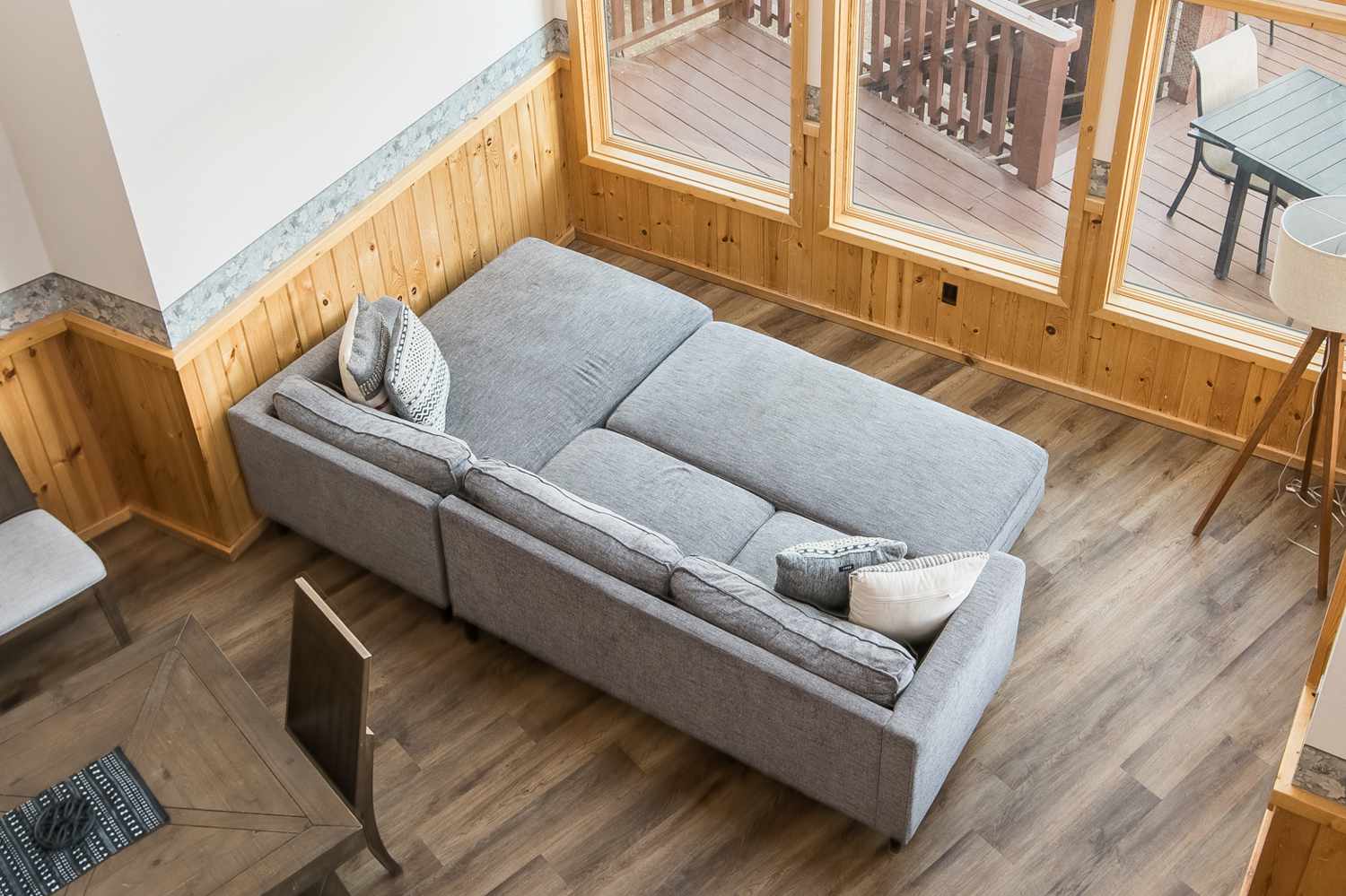



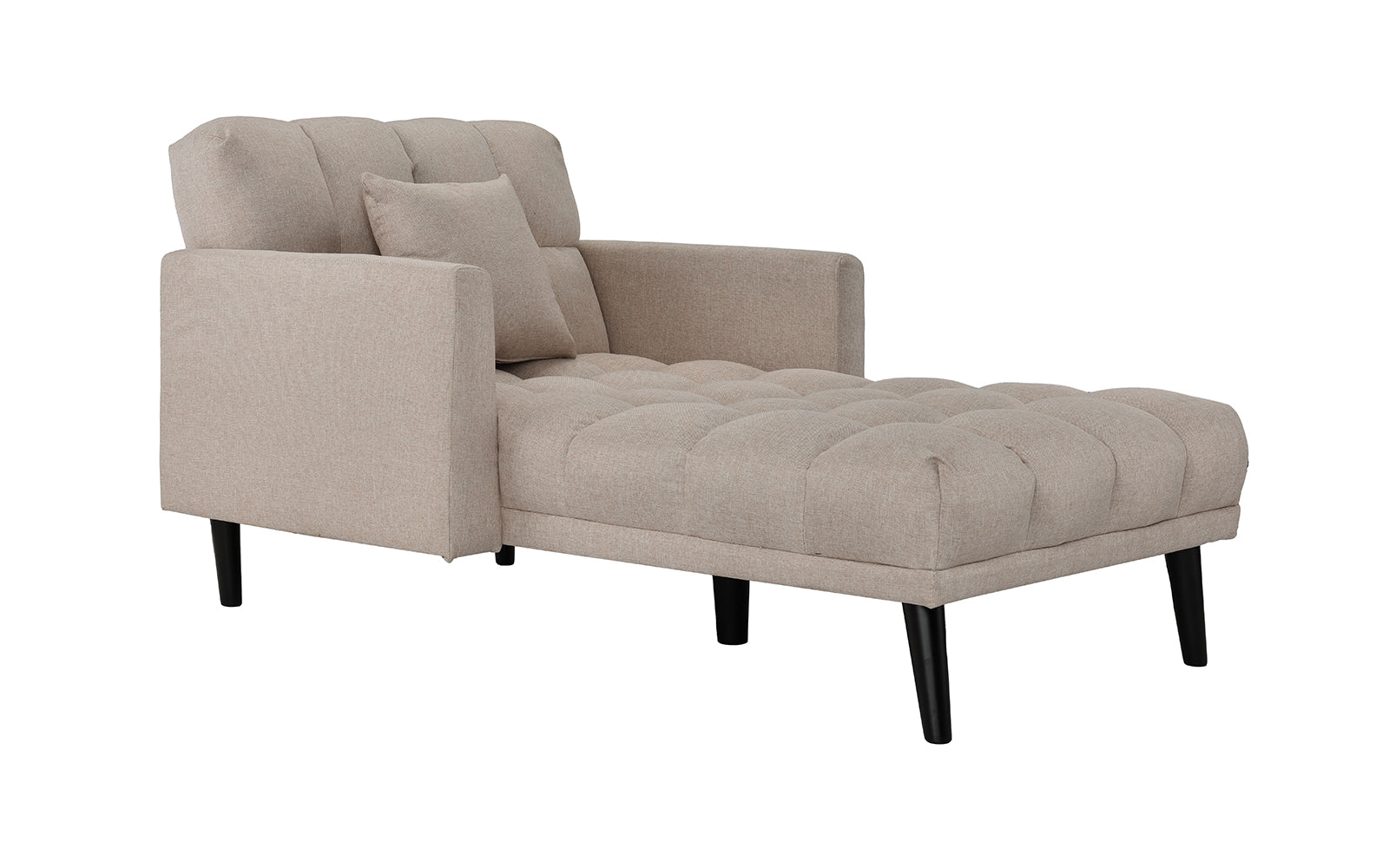

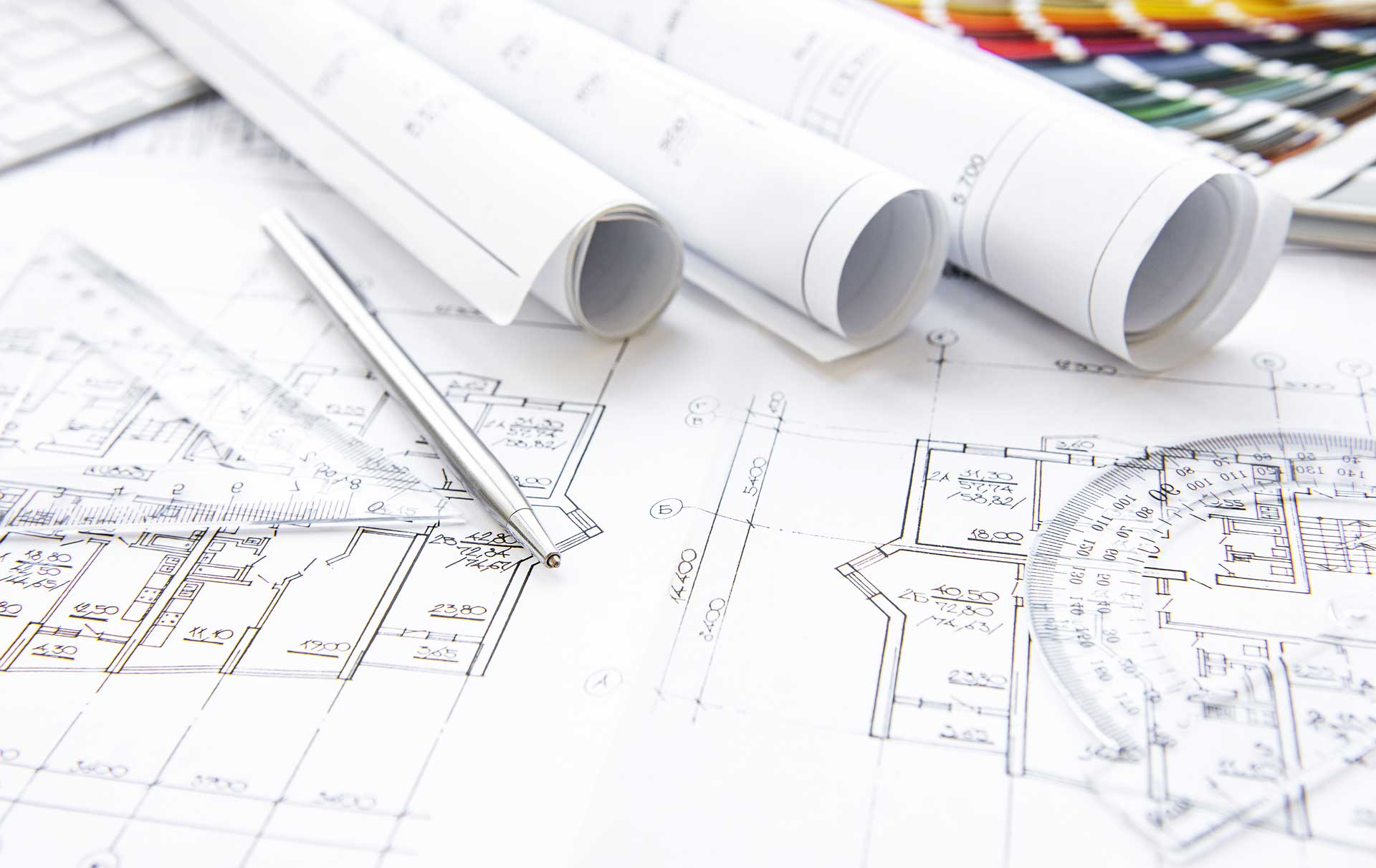
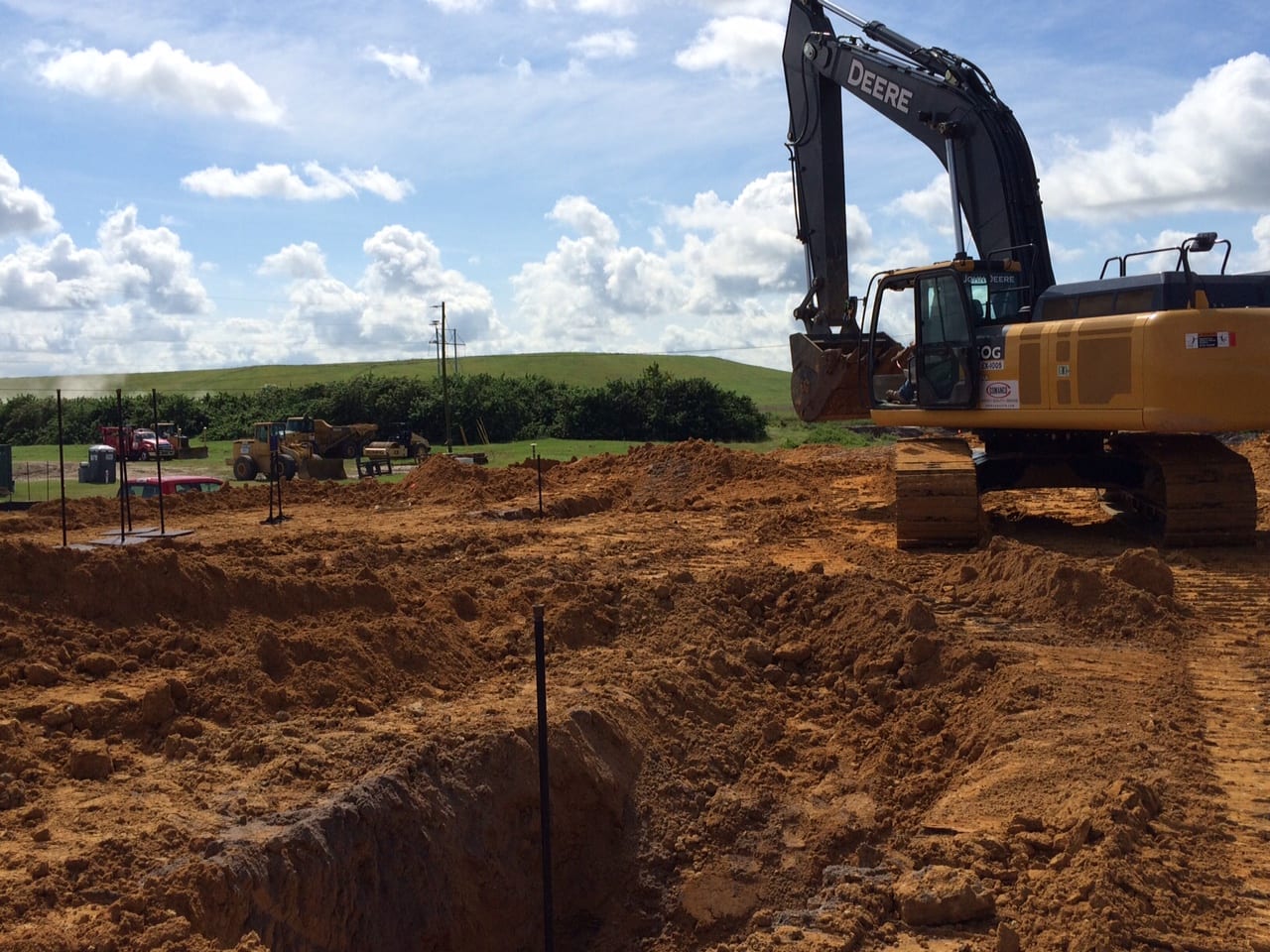

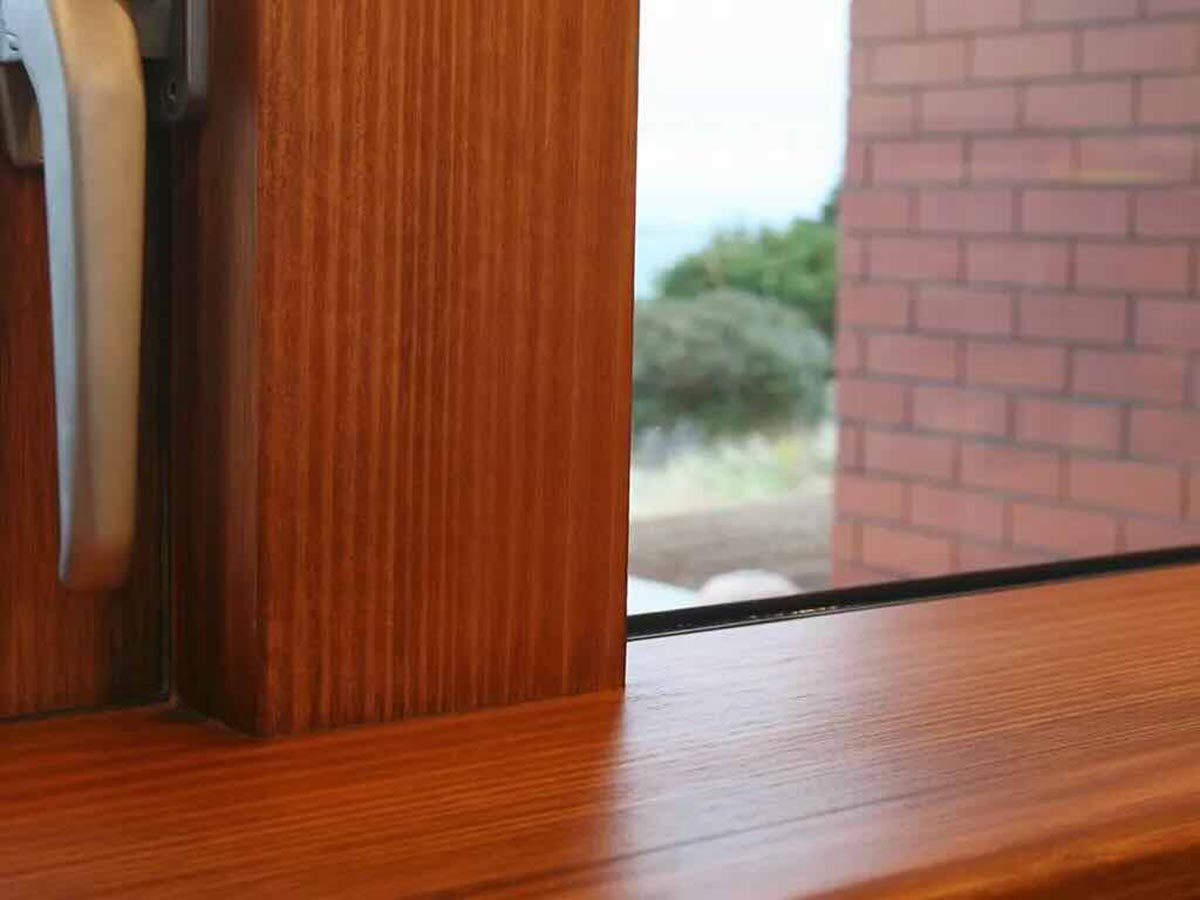

0 thoughts on “What Are Sleepers In Construction”